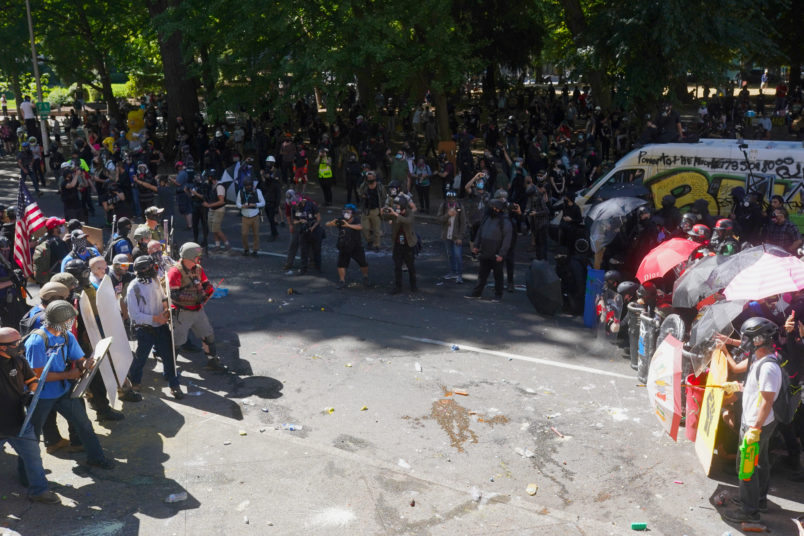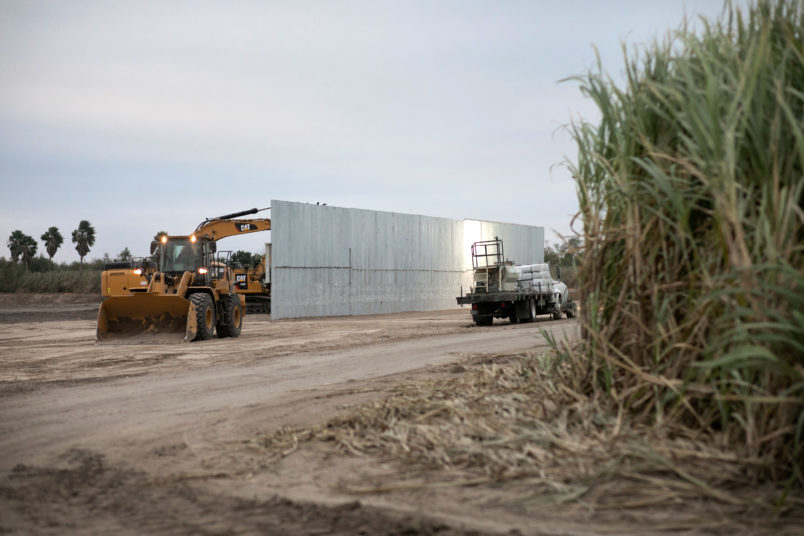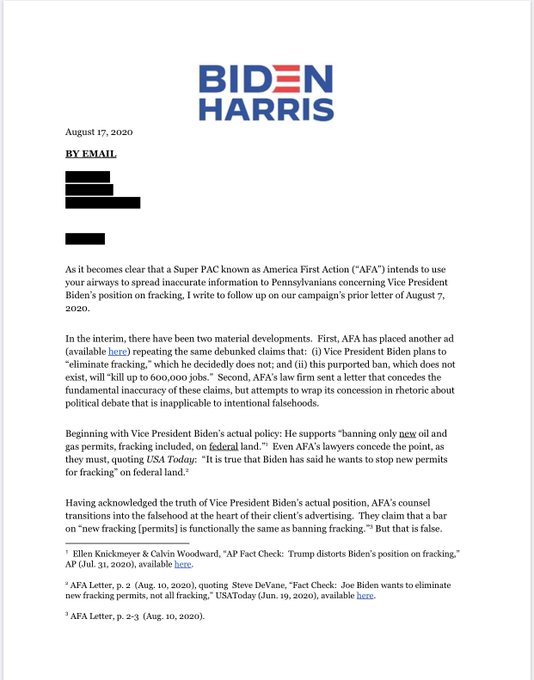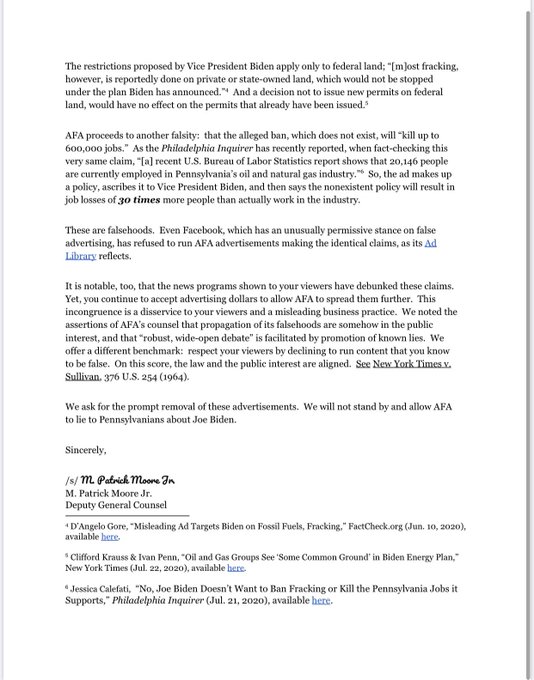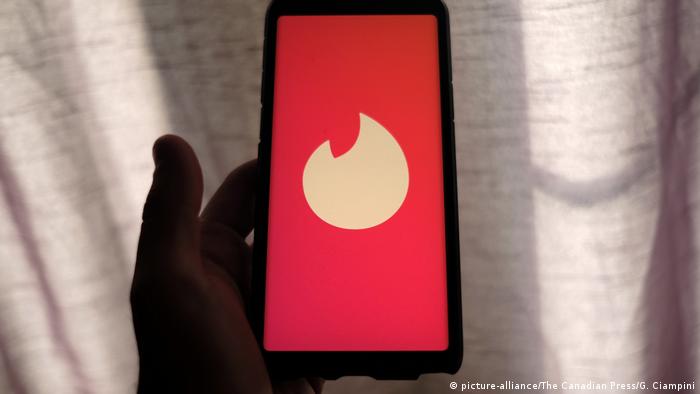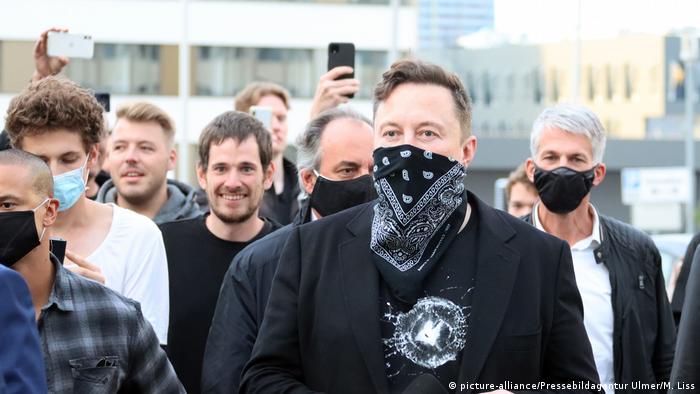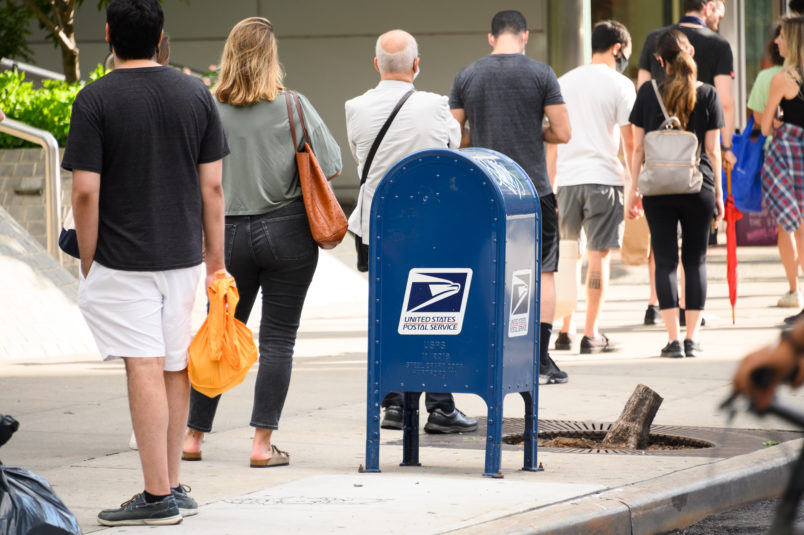
NEW YORK, NEW YORK - AUGUST 29: People stand near a USPS mail box as the city continues Phase 4 of re-opening following restrictions imposed to slow the spread of coronavirus on August 29, 2020 in New York City.
By Matt Shuham
|
September 1, 2020 6:15 p.m.
The Postal Service’s internal watchdog found an decrease in on-time delivery of election and political mail in a review earlier this year, the results of which were published Tuesday, underlining fears that a sharp uptick in mail-in voting may end up disenfranchising some voters this November.
The review from the USPS inspector general took place in May and June this year. Importantly, that was before the new postmaster general, Louis DeJoy, instituted a series of changes that resulted in mail slowdowns across the country. And many of the inspector general’s findings don’t concern Postal Service employees themselves, but rather their counterparts in state and local government.
Still, with a record number of Americans expected to use the mail to vote this year, the report identified key weaknesses that could impact the vote tally.
“Since our prior audits, the Postal Service has improved internal communication between headquarters and mail processing facilities, and developed online Election and Political Mail training,” the report found. “However, the amount of identifiable Election and Political Mail delivered on-time nationwide was 94.5 percent from April 2020 through June 2020, a decrease of 1.7 percentage points compared to the same time period in 2018.”
The inspector general also highlighted a point that the USPS general counsel flagged to 46 states and the District of Columbia earlier this summer: Local deadlines for requesting and casting ballots are often set close to Election Day, meaning that some voters who request or submit ballots at the “last minute” may actually be out of luck.
The inspector general’s report, citing numbers from USPS management, highlighted a few significant shortcomings from state election officials: In 11 states, for example, over 44,000 ballots were sent from election boards to voters “the day of or day before the state’s primary election.” In Pennsylvania, 500 ballots were sent to voters the day after the election.
The state-by-state patchwork of election laws, especially concerning something like postmarking requirements, makes national election mail policy a difficult balance:
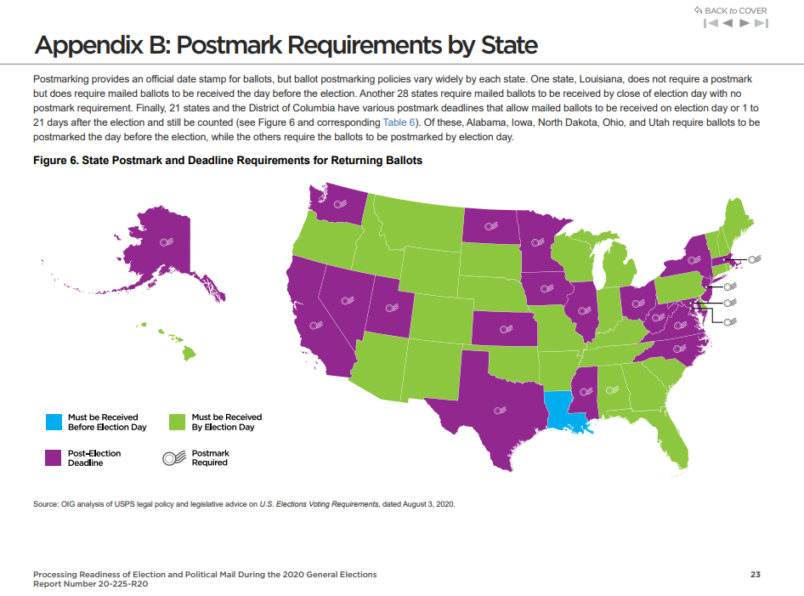
New York voters realized this might be a problem in primary season, when postmarking errors imperiled thousands of ballots.
“Without a postmark on return ballots mailed by voters, a ballot could be rejected and a vote not counted,” the report read.
In recent congressional testimony, DeJoy was short on details about a plan to ensure the prompt delivery of election mail, but he did reiterate to lawmakers that it was USPS policy to postmark all ballots, and that the USPS would seek to expedite all election mail, not just first-class mail.
But, frustrated with DeJoy’s refusal to hand over certain documents related to changes in the USPS policy toward late mail delivery trips, decommissioned sorting machines and other issues, the House Oversight Committee on Monday announced its intent to subpoena him.
The IG report also identified several pitfalls that, experts have told TPM, could especially impact states where postal and election workers have less experience with high vote-by-mail volumes, such as instances of election and political mail getting left behind at USPS facilities.
Over the two-month review of processing and distribution centers (P&DC) in seven cities, the report found, “we identified approximately 200 ballots at the Oklahoma City P&DC and 68,000 Political Mail mailpieces at the Baltimore P&DC that had not been processed.” (The ballots in Oklahoma were successfully delivered after investigators noticed them, the report assured readers.)

And none of the seven facilities used the Postal Service’s “Operational Clean Sweep Search Checklist,” the review found, referring to the list of specific facility areas to check to ensure that election and political mail isn’t lost in the system.
In large part, USPS management acknowledged the shortcomings identified in the report. But it disagreed with the inspector general’s recommendation “to work toward creating a separate, simplified mail product exclusively for Election Mail that would support uniform mail processing, including mandatory mailpiece tracking and proper mailpiece design.” There simply is not enough time to do so before the 2020 elections, USPS management said in an included response to the report.
However, the agency’s management responded, the Postal Service will undertake “herculean efforts” to ensure that ballots meet state deadlines.
